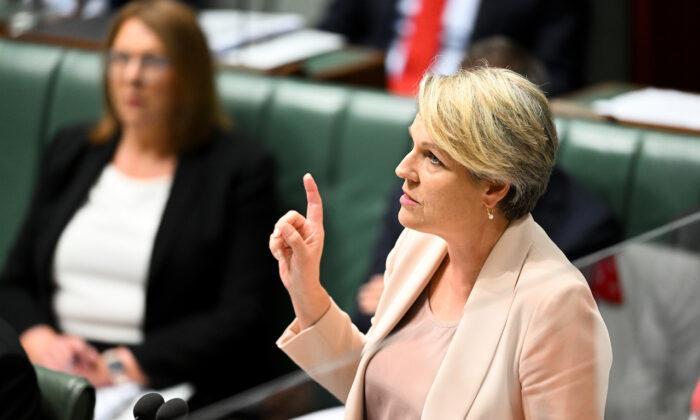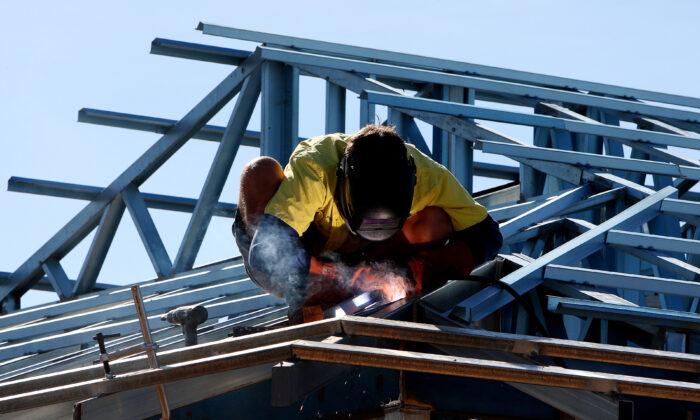Australia will take an innovative approach to lowering the nation’s carbon emissions with the federal government announcing it will focus on fostering technological advancement in the field that can provide the country with continued economic growth.
“Bringing down emissions while strengthening economies isn’t the first challenge that humans have had to overcome,” said Taylor. “We’ve done this by investing in technology development, by using human’s innate ingenuity and enterprise to solve hard problems.”

The government, via the roadmap, will direct $18 billion in public sector funding into five major areas; clean hydrogen, energy storage, low carbon materials for manufacturing, carbon capture and storage, and the soil sequestration of carbon.
Clean hydrogen and the manufacturing of low emissions metals and industrial products is argued by the Grattan Institute to be a developing export market for Australia.
According to the roadmap, the government estimates that this initial investment will grow to around $50-$100 billion as the private sector, state governments, and research institutions make parallel investments in the developing technologies. This, in turn, will create 130,000 jobs and generate up to an estimated $30 billion a year in export revenue from energy-intensive, low emissions products.

The Critics Voice Concern
Critics of the new investment strategy are upset that the government will not abandon other mature energy sources like coal, gas, or provide more support for wind and solar.Gosens and Hughes argue the government is relying on fossil fuels and that it is delaying a genuine energy transition.
There is little support for solar and wind that do not receive the same subsidies as coal and gas do, they claim. Likewise while gas is a way to create clean hydrogen, the “method is unproven at scale, and is not all that clean—substantial CO₂ will inevitably be released in the process,” they argue.
Further Hughes and Gosens explain that the renewables-produced hydrogen to power manufacturing will at best have a temporary emissions-reduction role in the industry and they worry that there is little accountability for those developing the technologies to demonstrate results.
“To make the roadmap work, ongoing, open, and transparent evaluation of whether technologies are achieving this mission must be at its heart,” they said.




